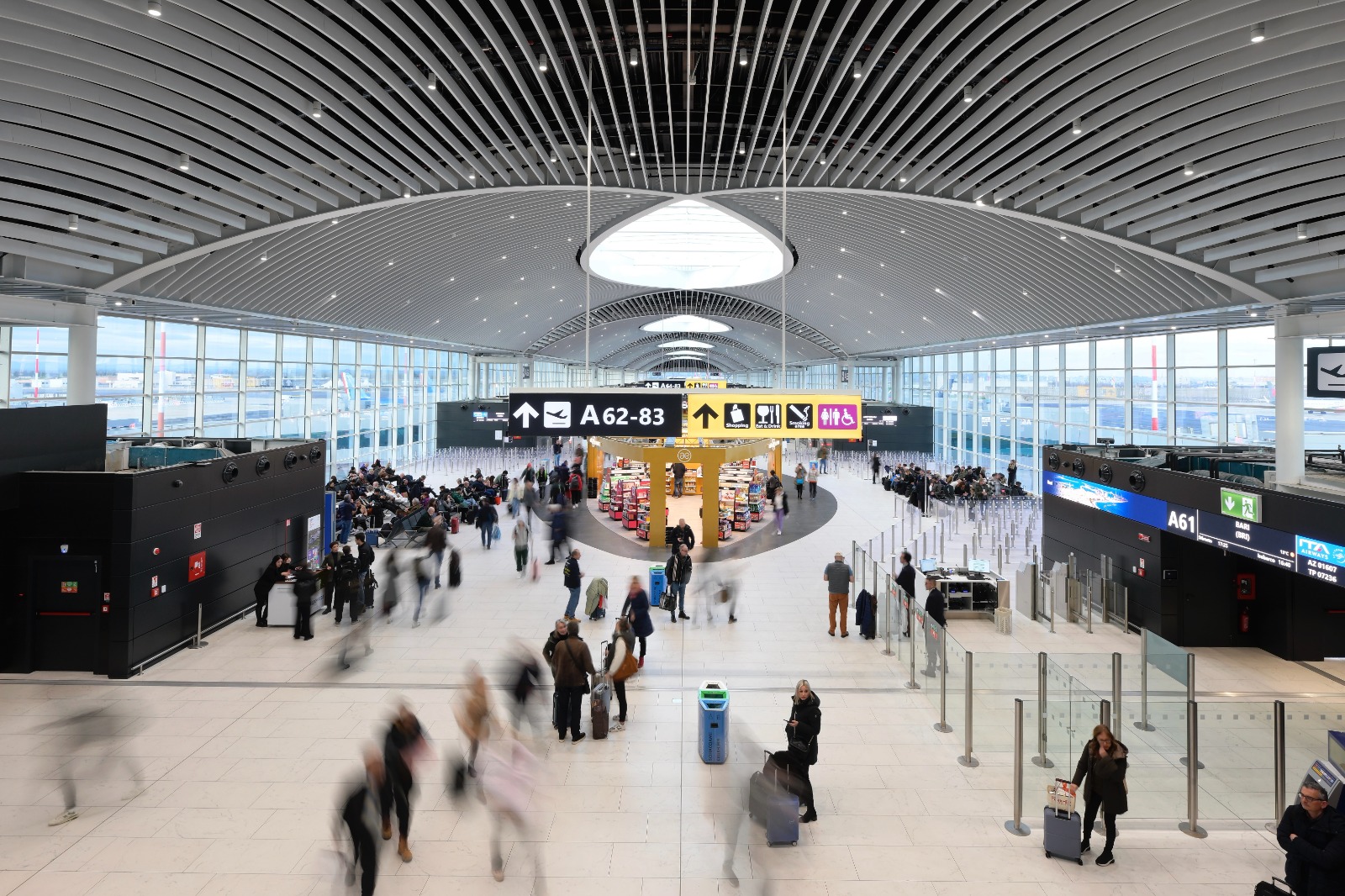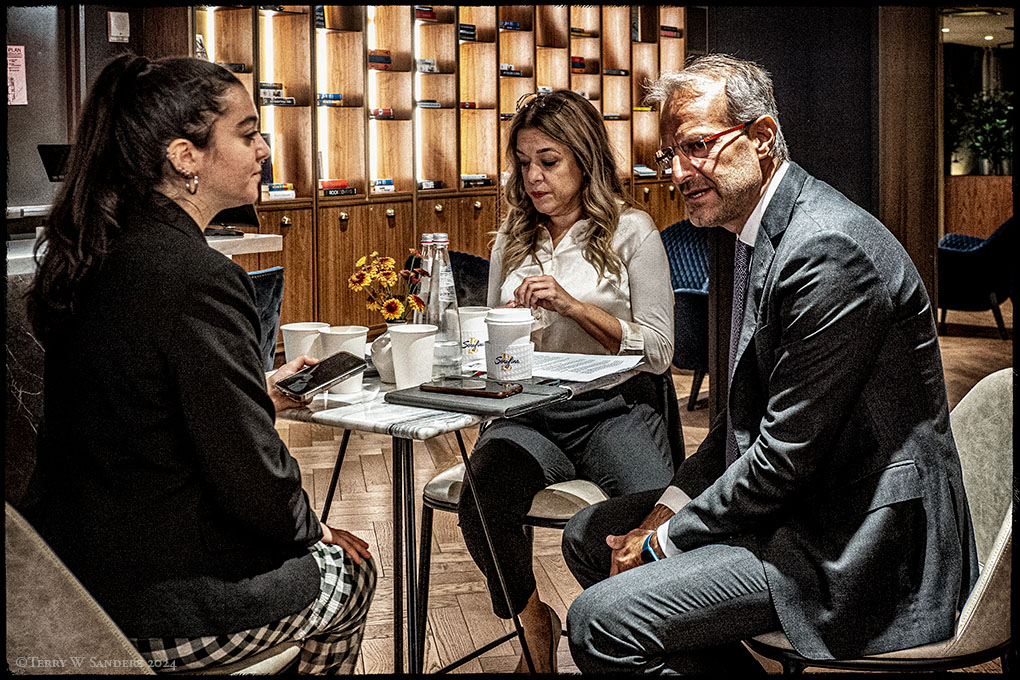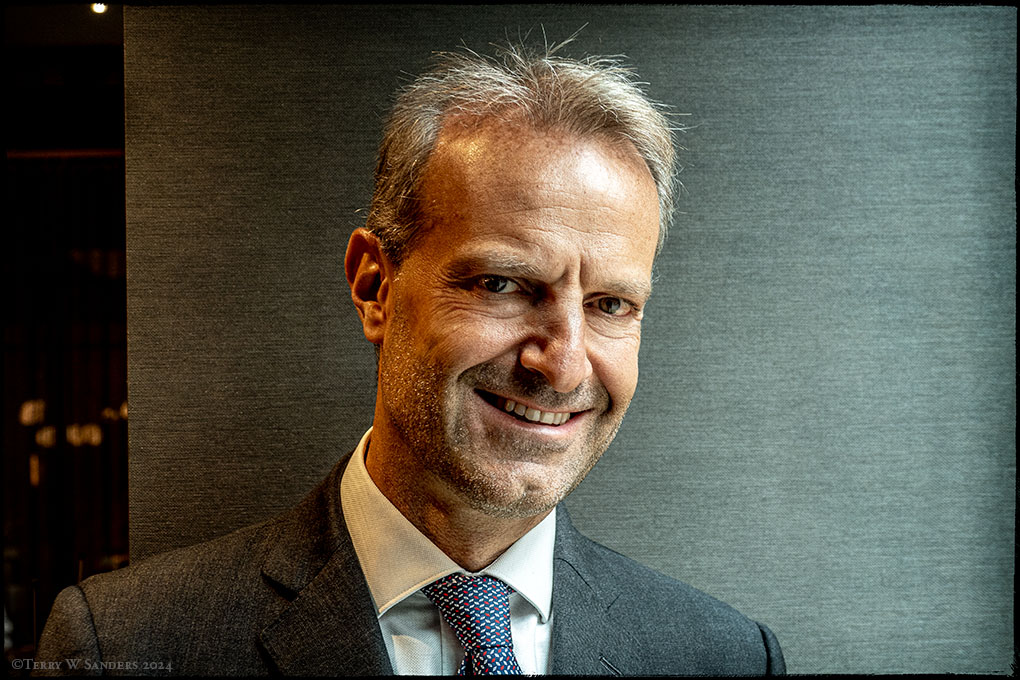Marco Troncone was appointed CEO of Aeroporti di Roma in May 2020, at the height of the pandemic. Since then, things have definitely changed: the company has become an industry leader-it has received the title of Best Airport in Europe for the seventh year in a row-an example that charts the way forward. That is why Troncone was invited to speak on innovation and sustainability at the Sustainable Finance event, part of the Summit of the Future, held at the United Nations before the General Assembly.
“It means so much to us: having the opportunity to contribute to the work for the Global Compact,” said Troncone. “We will participate in the work of the Private Sector Forum to bring ideas and insights, to say how the private sector can contribute to meeting the challenges of sustainability. We have implemented already since 2020, a Green Finance project that leads us to have about 65 percent of our financial sources with green instruments, even of high sophistication. We started with a Green Bond in 2020, and we were the first airport in the world (and the only one for several years, then we were followed by Heathrow) to use Sustainability Bonds, which are bonds with lenders where we commit to becoming Net Zero by 2030, but if we failed, they would receive along with the credit, a premium and we would also pay a reputational debt.”
You were appointed CEO right at the height of the pandemic, when the world was at a standstill. What are the first steps you took?
“They say that crises are an opportunity, and we embraced that approach. This position opened up for me because, at that time there, the company in the market had a dramatic financial situation, with zero revenues and ever-present costs. I already had a financial background in the company, because I had worked as CFO for 5 years, and a profile in that sense was helpful. The situation was resolved a few months later, at the end of July 2020, when we reached an agreement with our financial creditors. Then, on that basis, we worked along two lines: first, on recovering our volumes and, second, on a transformation track that included sustainability and innovation.”

The term is widely used today, but what do you mean by sustainability?
“Sustainability is a word that cannot live by itself. It has to be coupled with a development rationale, particularly in sectors like aviation, which contributes 2-3% to a huge problem that cannot be denied. We need to work on services that are not revocable, indeed that are essential such as intercontinental connectivity for progress and cultural exchanges. We call for forward-looking visions and expansion policies, not punitive, not taxation or capacity reductions, to generate and not stifle resources and direct them to the chapters needed to fund the transition. Otherwise, we will end up with a sector, which is indispensable, smaller and dirtier; and progress–the bridges of freedom between countries–would pay the price. The concept of growth coupled with sustainability for us is the key.”
In terms of innovation, what have you focused on?
“We have created an ‘open innovation’ model that is now a benchmark in the industry and looks at global startups. We started this together with Plug and Play, which is one of the leading venture capital investors in Silicon Valley and has an ecosystem of almost 100,000 global startups, and we opened ourselves up to conceptualizers on a global scale with calls for ideas. We’ve done three, and the last one alone attracted more than 800 proposals, mostly from abroad. We do the scale-up of the most promising ones through the incubator that we have built inside our airport, which is a physical space where our global inventors come and can test their ideas by checking exactly how they would work. It doesn’t stop there.”
So, there is a third element?
“This is a venture capital firm we recently launched, the Aeroporti di Roma venture, which supports startups that have the most potential and seeks to retain those that may be most synergistic with our goal of building the airport of the future.”

What features does the airport of the future have?
“First of all, it is digital, making much use of technology and Artificial Intelligence, but also beautiful.”
Give me an example.
“One is customer facing, that is, giving the passenger the opportunity to have a virtual assistant, a chatbot or avatar, at their cell phone’s fingertips, helping them with any need, even answering more complex questions. One of the main needs of our customers is to receive information. There are desks, but there is often a long line and they are very expensive and inefficient. Airports are not just an aviation service, but large commercial service centers, and the assistant could also provide ideas. Another example is in logistics. We have invested in AI that, through camera images, monitors all the activities the aircraft has to perform, from when it lands to when it departs, and can provide statistics to measure and improve these processes and alerts if something goes wrong.”
And in terms of beauty, what do you mean?
“We want to make the airport part of the journey. Not just a functional place where passengers arrive, quickly go through their security check without queuing, know where they have to go. But also, a place where they potentially have experiences, that is, where they find art, culture, theater, cinema, cuisine. Travel experiences are the next step. Eighty percent of our customers travel for pleasure, so they are looking for discovery, excitement, receptive to these offerings. To the point of making Fiumicino an airport that is chosen precisely because it is special. For example, we had an exhibit of the 2,000-year-old statues of ancient Ostia, with podcasts for explanations.”












